By Glynn Wilson and Walter Simon –
On a mission to investigate what’s going on with the pipeline protest in Cannonball, North Dakota and the privatization of the national parks out west, we departed from Mobile, Alabama on Friday, Sept. 23, and drove for about 8 hours to Jonesboro, Arkansas, where we hooked up with an old friend and colleague, Ron Sitton, who teaches journalism at Arkansas State University. After IPAs and dinner at Cregeen’s Irish Pub, we hooked up the camper van and crashed for the night.
We got written up for our journey west by the Delta News Service: JOURNALIST, ARTIST PASS THROUGH ON WESTERN TREK
On Saturday morning, Sept. 24, we aimed the camper van toward St. Louis, Missouri, and found a place to camp for the night at Meramec State Park.
The next morning, Sunday, Sept. 25, we pulled into the Jefferson Expansion Memorial and the famous Gateway to the West Arch, where we began our side mission to follow the Lewis and Clark Trail up the Missouri River along the Route of the Corps of Discovery.
After spending the day in St. Louis, also visiting the Contemporary Art Museum, we headed out of town northwest and found a place to camp for the night at Finger Lakes State Park near Columbia, where we encountered a refreshing cool front and strong WiFi. We decided to spend the day there to get organized for the next phase of the journey, and Walter did some painting. But by Monday night, Sept. 26, we made it on down the road a ways to Big Lake State Park near the state border with Kansas, where we encountered a swarm of giant brown mosquitoes and a host of flies.
We packed up early Tuesday morning, Sept. 27, and headed north through corn country in Iowa, where we ran across the Lewis and Clark Interpretive Center at Sioux City.
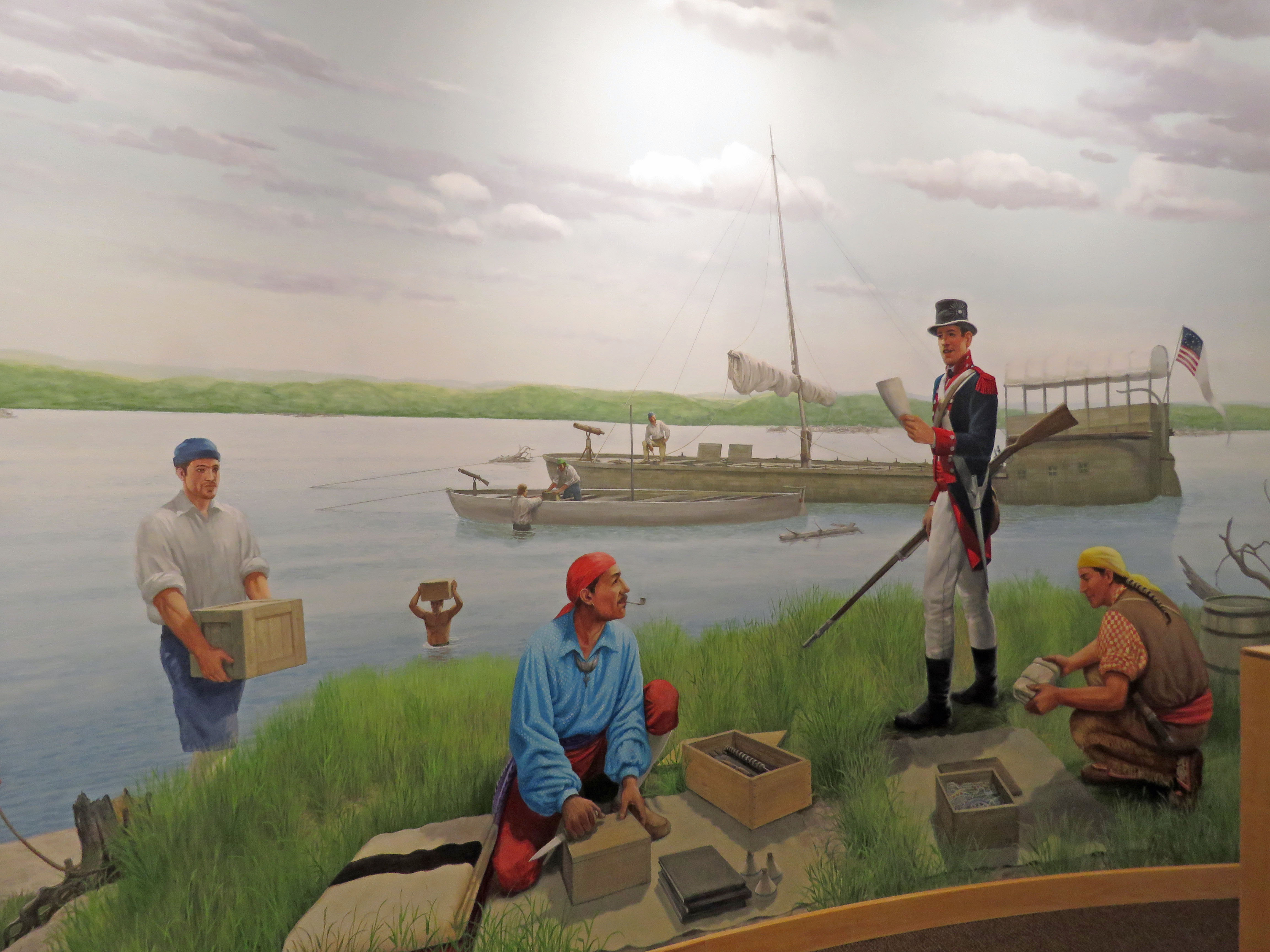
An encampment by the Missouri River depicted in the Lewis and Clark Interpretive Center in Sioux Falls, Iowa: Glynn Wilson
Anxious to make tracks and get on our way to the Standing Rock Sioux camp in Cannonball, North Dakota, however, we drove the rest of the day and made it to Chamberlain, South Dakota, before the sun went down, where we found a cool place to camp right on the river at the American Creek Campground.
After spending some time exploring that area on Wednesday morning, we headed on up the highway to Cannonball and pulled into the overflow Sacred Stone Campground before dark. There we found a spot to camp behind the art tent near the Red Warrior camp, where the Standing Rock Sioux warriors kept their ponies. I gathered info for a story while Walter painted, and I produced this column about the place and the experience.
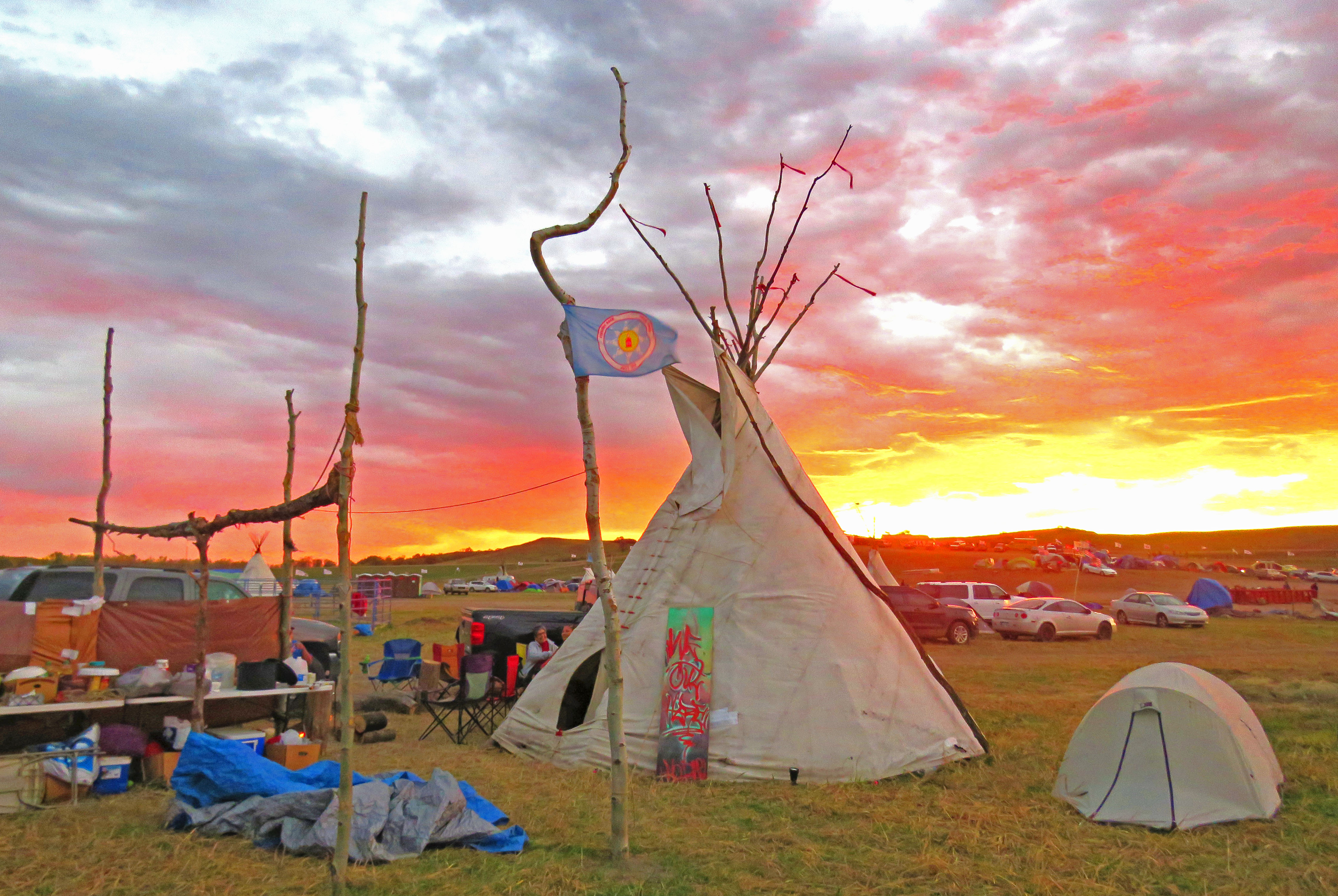
A traditional Sioux teepee at sunrise in the overflow Sacred Stone Camp at Cannon Ball, North Dakota: Walter Simon
Standing Rock Sioux Prepare for More Protests to Halt Dakota Access Pipeline
While the rest of the media covering the protest stayed 10 miles down the road at the Casino hotel, we camped right in the middle of the Sioux camp and got a real feel for the place and got to know some of the people in person. As I wrote on Facebook at the time, sitting with your legs crossed in a campsite filled with traditional teepees along with modern RVs and tents overlooking the Missouri River, with the sounds of wolves and coyotes off in the distance, a drum up the hill by the council fire and the occasional Red Warrior whoop, we felt a little bit of what it must have been like in these lands a few hundred years ago before white Europeans came and committed one of the most egregious acts of genocide in world history.
There is nostalgia and guilt, and a feeling of solidarity with the native people. the Lakota Indians, who made their home here long before “white face†arrived. Of course my own genes are mixed with the blood of Cherokee from Alabama and the Scots-Irish who invaded this so-called “new land,†explored by pioneers with names like Lewis and Clark.
When we arrived on Thursday and got to know the people and the place some through Saturday, protests were at a lull. Normal camp life went on with the young Sioux exercising their horses and the cooks making buffalo stew from an injured bison and salmon steaks donated by tribes from all over the country. There was much talk late into the night about such things as clean water and native rights, and we soaked it all in like tourists allowed a glimpse into a life that barely exists anymore.
We spent another night there Thursday night, Sept. 29, before pulling out on Friday, Sept. 30, and heading back into South Dakota toward Mount Rushmore and the Crazy Horse Memorial.
As it turned out, the MoJo got us there just in time for the Volksmarch, one of two times a year when thousands of people are allowed to walk to the top of the memorial, still under construction.
Walter did the march on Saturday, October 1, and wrote a column about it with pictures, while I hung out in the Echo Valley Campground just down the road and got some work done on the private WiFi with the MoJo Wire booster/repeater connected to the office from down in the valley. This was one of my favorite spots on the trip, a real find along the way you can’t get with a hyper-planned trip. The MoJo idea is to have a basic mission in mind and a general map in your head, but along the way search for other interesting places to see and experience.
Volksmarch Up Crazy Horse Memorial Leads to Insights
We stayed in this beautiful little campground with a small lake for two nights, before heading out Sunday, October 2, for Cody, Wyoming, where we found a private campground called The Ponderosa.
No sign of the Cartwrights, HaHa, but we found Cody interesting enough to stay two nights before heading into Yellowstone. While there we took the time to go through the Buffalo Bill Center of the West, a world class museum, some of which is affiliated with the Smithsonian in Washington, D.C.
Our ultimate destination being Yellowstone National Park, however, on Tuesday, October 4, with the eastern entrance road closed due to snow and/or falling rocks, we headed up to the northeastern entrance and traversed the high pass called Bear Tooth Pass and made our way into the world’s first national park.
On the drive in, we encountered a herd of bison. While we were stopped on the side of the road taking pictures and shooting video, it began to snow.
We continued taking pictures along the route to one of the only campgrounds still open in October at Madison Junction.
On Wednesday morning, October 5, we headed down to the Old Faithful Geyser area, where most of the amenities in the park are located, including the Old Faithful Inn, where we were able to get a shower and have lunch in the main dining room. While it is public property controlled by the National Park Service, it is run like a private restaurant operated by concessionaire Xantara. The gas station and the camp store are operated by Delaware North.
While the public doesn’t understand this and believe all their encounters in the parks are with federal government employees, most of the profit-making operations in the national parks are controlled by private profiteers. Take a look at the history of this Xantara company, which is a corporate conglomerate now that claims a legacy of being a descendant of a private profiteer, Fred Harvey, who worked in cahoots with the American railroads back in the day.
We had to stay another night and explore more of Yellowstone on Thursday, October 6. We crossed the Continental Divide twice on the drive to West Thumb, then drove back to the camp for the night.
Reluctantly, we packed up the campsite on Friday morning, October 7, and explored the inner loop of Yellowstone on the way out, visiting the volcanic Paint Pots, Yellowstone Lake and the Yellowstone River, as well as Artist Point at Yellowstone Falls.
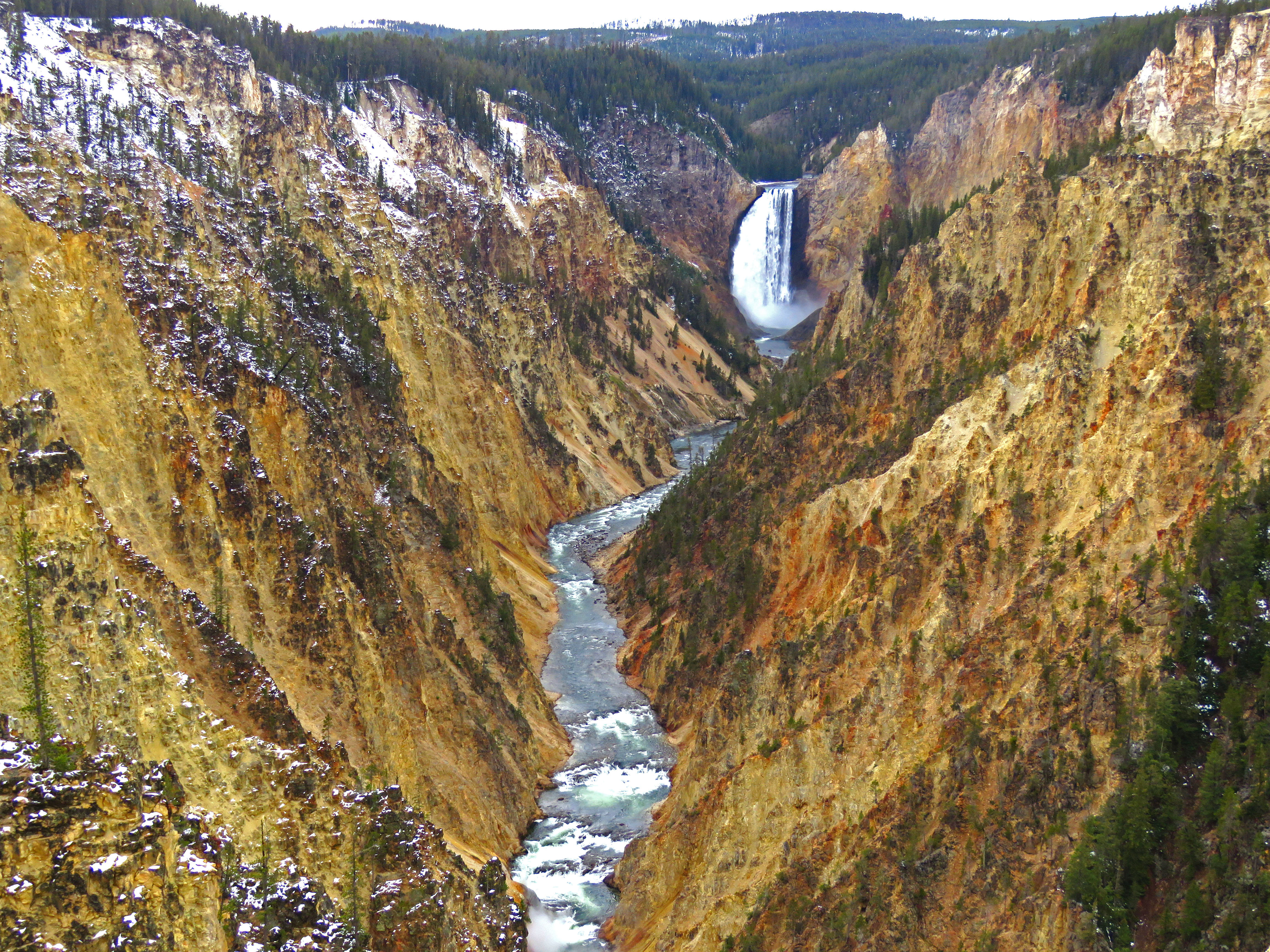
Another view of Yellowstone Falls from Artist Point, a scene made famous by artist Thomas Moran in 1872: Glynn Wilson
We exited the park coming up on sundown and drove through Teton National Park in the diminishing light of dusk.
That night we drove all the way to Salt Lake City, where we visited a friend of Walter’s and checked out the city night life. After camping in an urban RV park for the night, we headed out Saturday morning, October 8, for Grand Canyon National Park. But we decided to stop over along the way in Red Canyon, Utah, where we found a quaint little private campground with power and WiFi to work for a night and morning. We listened to the presidential debate between Republican Donald Trump and Democrat Hillary Clinton on Utah Public Radio, but we did not come away with any great or renewed hope for the future of the country, the national parks or the movement to a more sustainable environment by the questions or responses from either candidate.
The next morning, Sunday, October 9, we made our way toward the Grand Canyon. It was dark when we started the ascent into the park, so instead of missing the scenic view, we stopped and camped in a free site off the road in the Kaibab National Forest.
Then Monday morning, October 10, Columbus Day, we continued up the road and found a campsite in the Desert View Campground on the South Rim, where we spent a couple of great days and nights exploring the world’s most famous canyon. Walter painted at the Desert View Watch Tower on Tuesday, October 11, making many fans, especially among the throngs of tourists from Germany, France and China.
Again, reluctantly, we pulled out on Thursday, October 13, and started heading back east toward home. We backtracked to Tuba City and drove through the Navajo Nation Reservation, making stops in Chinle to see Canyon de Chelly National Monument, and then took the hellish drive into the Chaco Culture National Historic Park, where archeologists have uncovered a massive city scape of a former culture that seems to have disappeared from the earth due to a previous episode of climate change.
Like a few other places along the way, including the area in South Dakota around Mount Rushmore and Crazy Horse and the Grand Canyon itself, there are proposals afoot to frack for natural gas, drill for oil and even mine uranium for nuclear bombs and power.
There is much to talk about here but we will deal with these issues in more depth in later stories. For now let us get through the rest of this timeline, which is being sent to Google Maps to try to improve that service for travelers. We are in talks to create and produce a better application or app to make this much easier and more interactive.
After spending some time exploring and photographing the hieroglyphics in Chaco, we continued east to Santa Fe on Friday, October 14, camping in a private campground the first night then spending Saturday, October 15, my birthday, in the city. The MoJo worked again. It was a perfect fall day in Santa Fe. The aspens were in peak autumn color, yellow and gold, and artists were out everywhere in a “paintout†all over the city, especially along Canyon Road. We tried the local IPA and Calamari at the Thunderbird Bar and Grill, then camped another night in a the Black Canyon Campground in the Santa Fe National Forest for $10 a site. No WiFi or much cell phone service, just enough to get by checking email and Facebook on the iPhone 6.
Next, on Sunday, October 16, we headed for Las Vegas, New Mexico, and found ourselves on the set of the A&E show Longmire, now on Netflix, a modern western set in Wyoming but filmed in Las Vegas. (See photos on Facebook). After checking out the town and its art galleries, we continued on to Tucumcari, and then east to Lake Meredith and the Alibates Flint Quarries National Monument north of Amarillo, Texas, where we discovered another lost civilization due to climate change along the Canadian River Valley.
On Monday, October 17, we set out across the arid plains of Texas and Oklahoma, driving through as fast as the law would allow, which in some stretches was 75 mph. Not much to see there but oil wells and fracking rigs and petrochemical storage tanks galore, mixed in with the cattle ranches, wheat, sorghum and cotton fields. It was an odd juxtaposition, not along the recommended scenic route for tourists, but the fastest way through we could find.
Getting tired from three weeks on the road, we found Greenleaf State Park to camp in that night, then well before sundown on Tuesday, we made it to the infamous town of Hot Springs, Arkansas, where we toyed with the hint of sin put out openly in a city that embraces corrupt presidents and gangsters.
The Gulpha Gorge Campground in the Hot Springs National Park is one of the few federal campgrounds I’ve ever seen with power hookups, and it was also pricey at $30 a night. But it was convenient to downtown, where strip clubs and prostitutes did not seem politically incorrect in this Southern city.
From there it was a long one day drive to Mobile, Alabama, on Tuesday October 18, through places like Yazoo City, Mississippi and Jackson.
I don’t know if we set any records on this trip for visiting more national parks in the centennial year for the National Park Service than anybody else, but it sure felt like it. It was a thoroughly enjoyable and enlightening trip even though it felt like a travel scramble at times. We have thousands of unbelievable photos to show for it, along with hundreds of hours of video footage and many memories to boot.
Stay tuned to see more of this trip and the important stories we encountered in person. We will be publishing way more about it as we process the images and video footage in the days ahead. Please help fund this important work by making a generous donation to our GoFundMe campaign here.


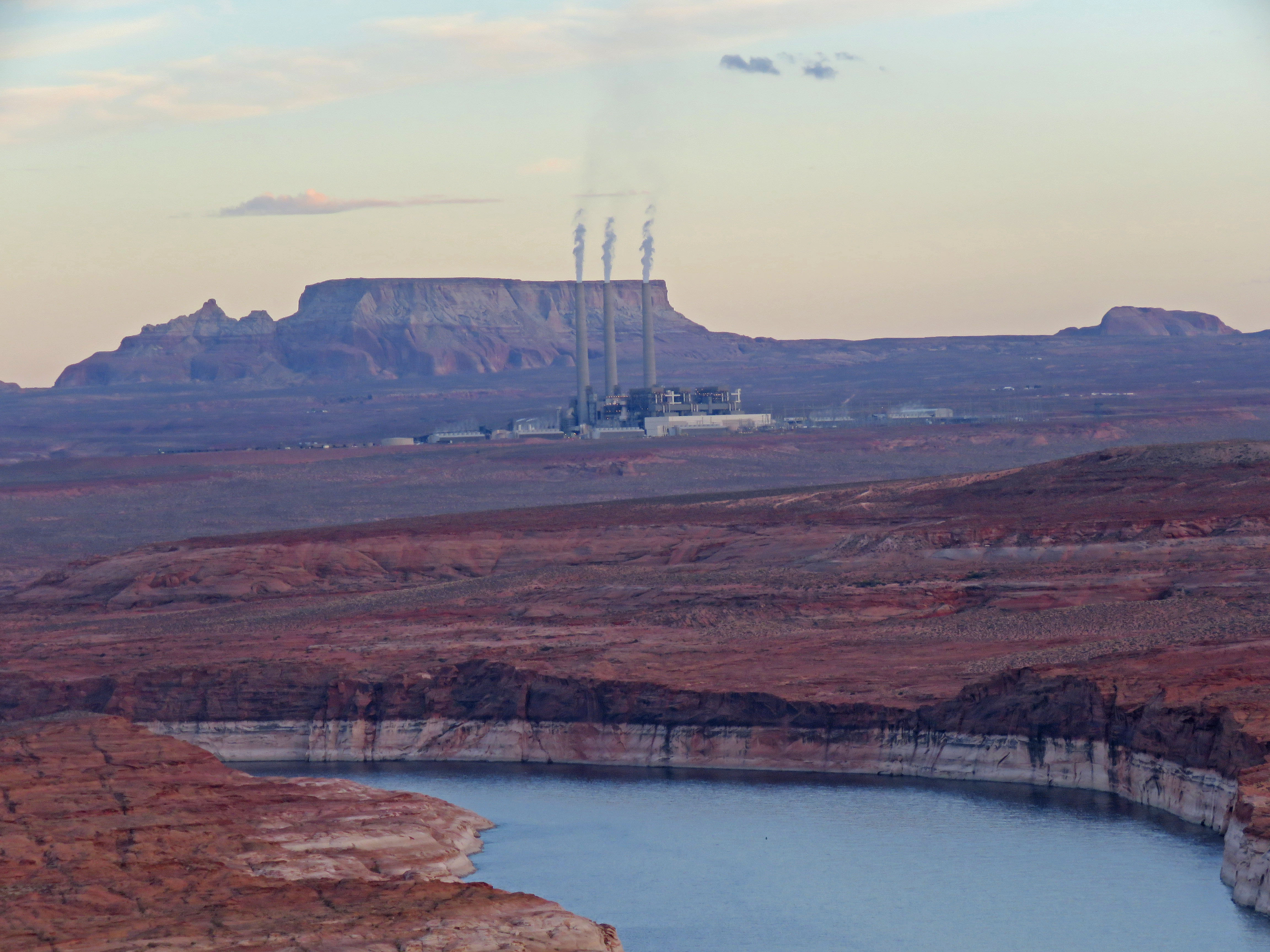
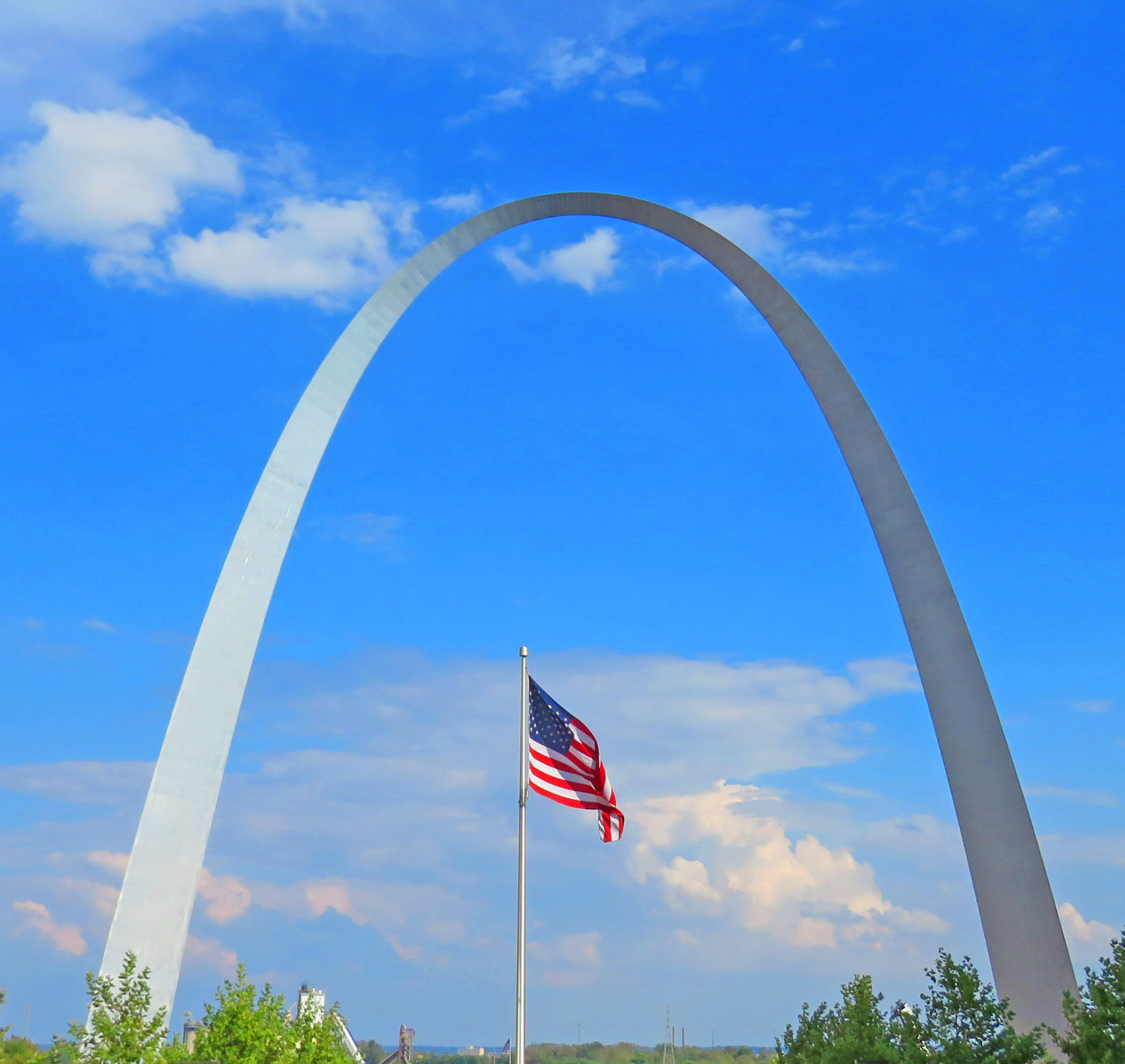
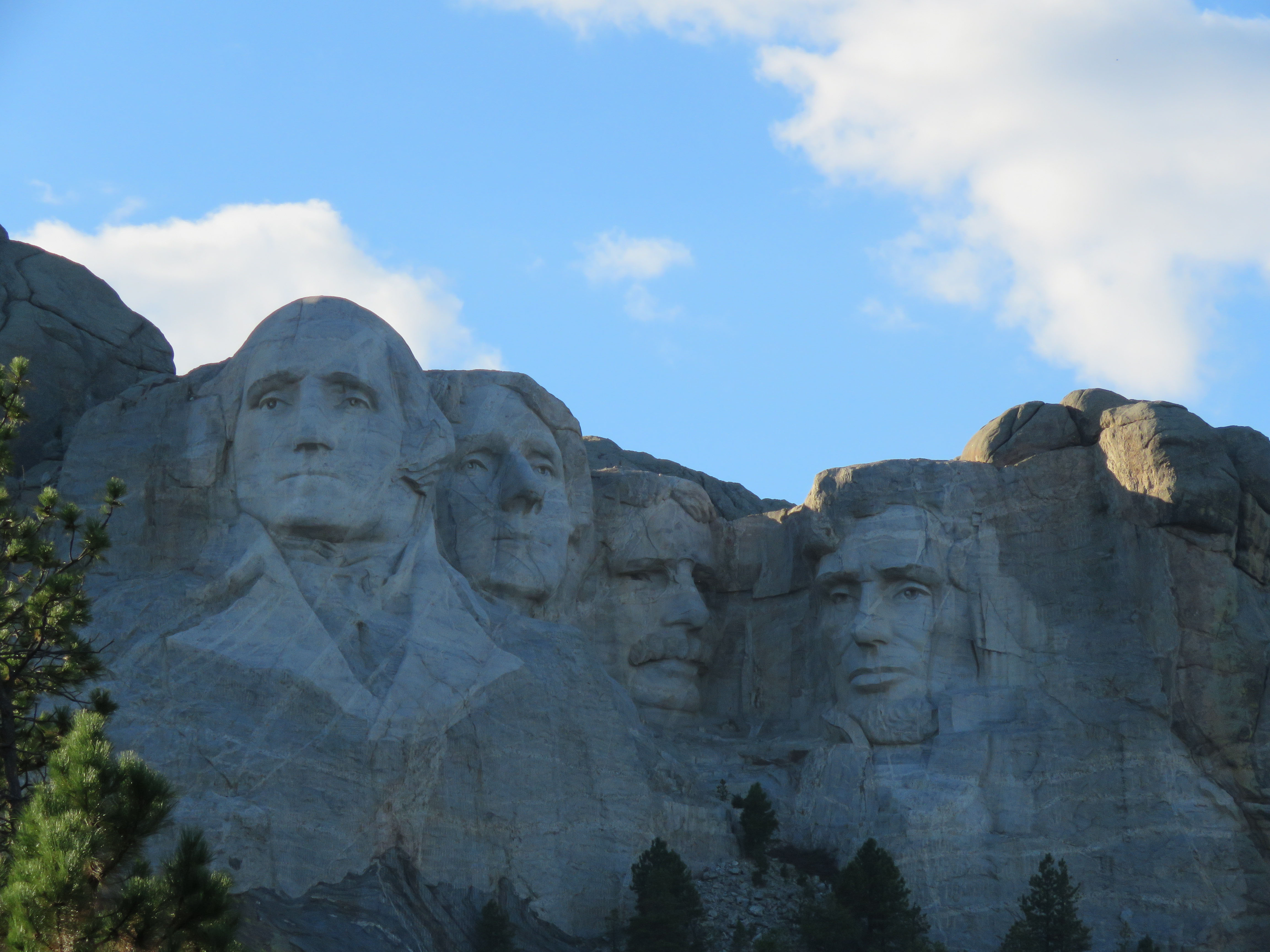
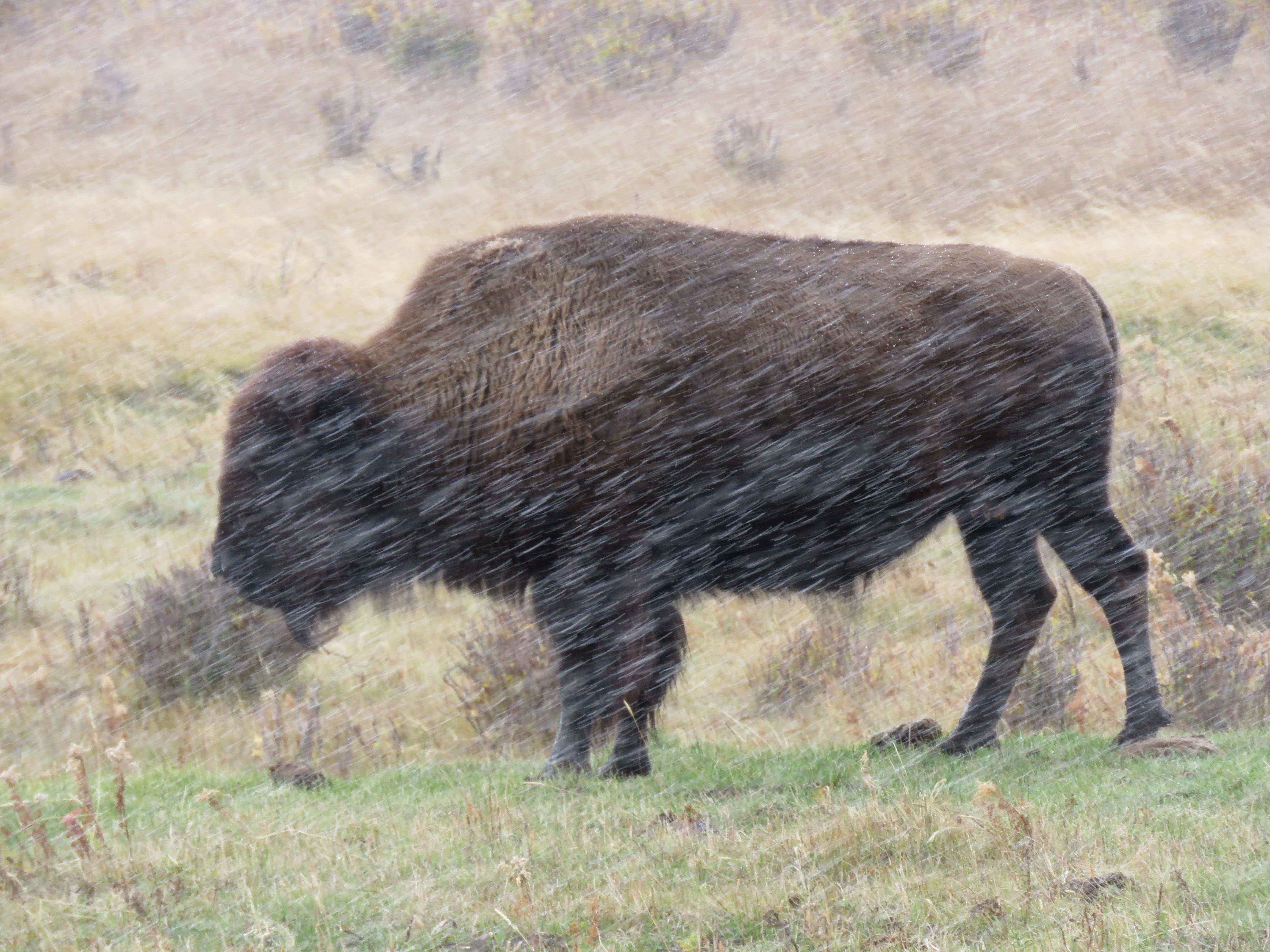
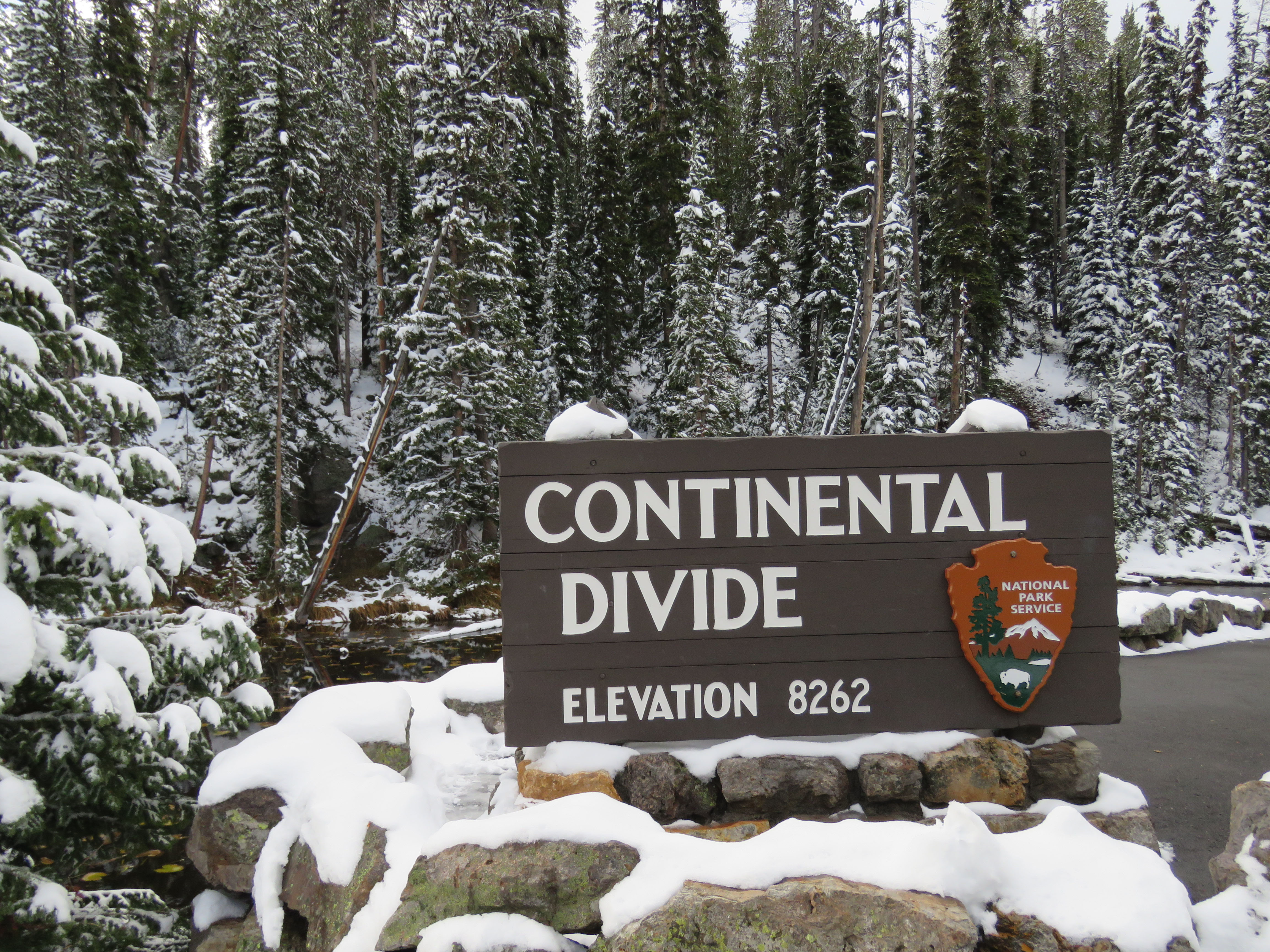
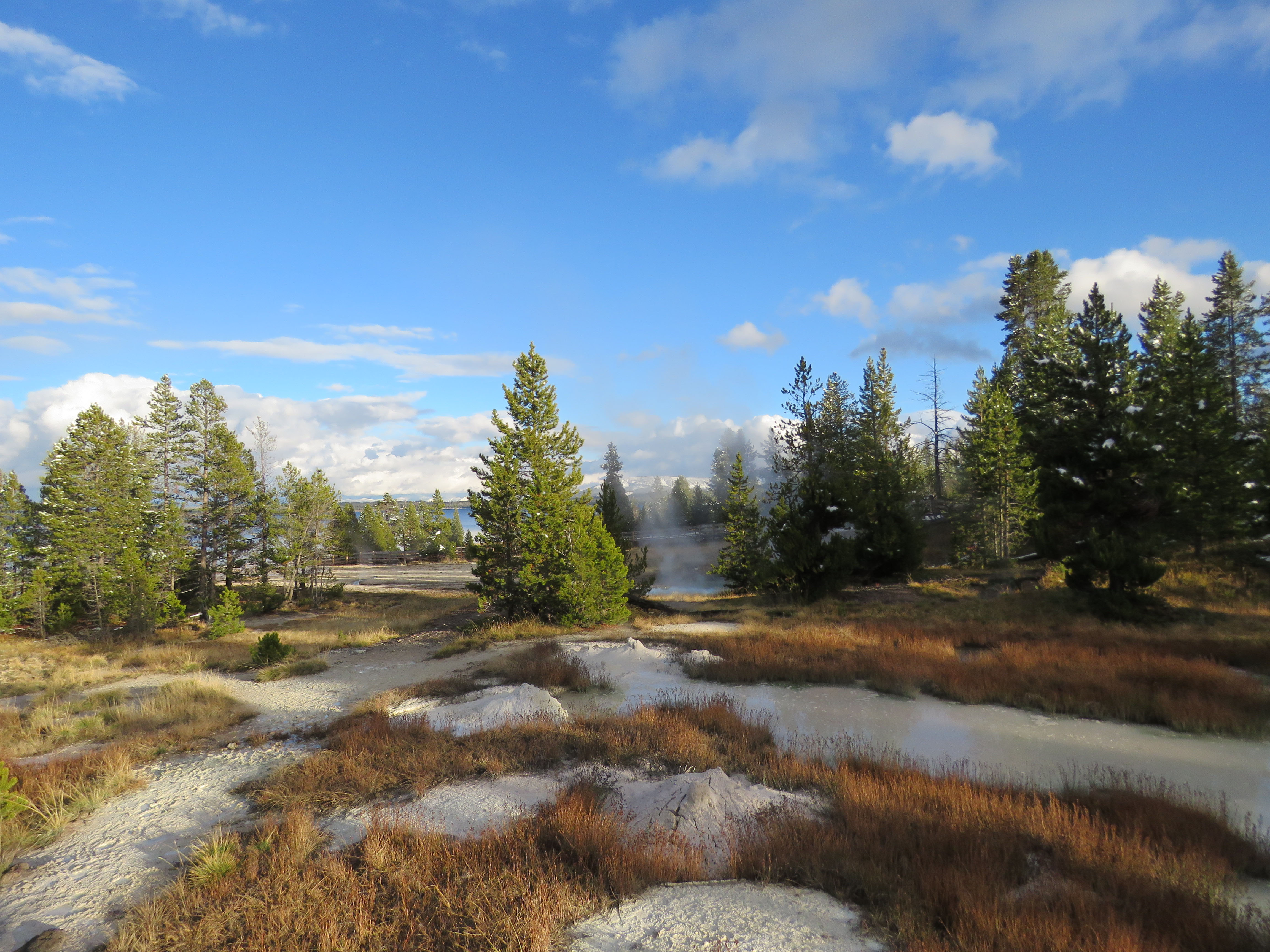
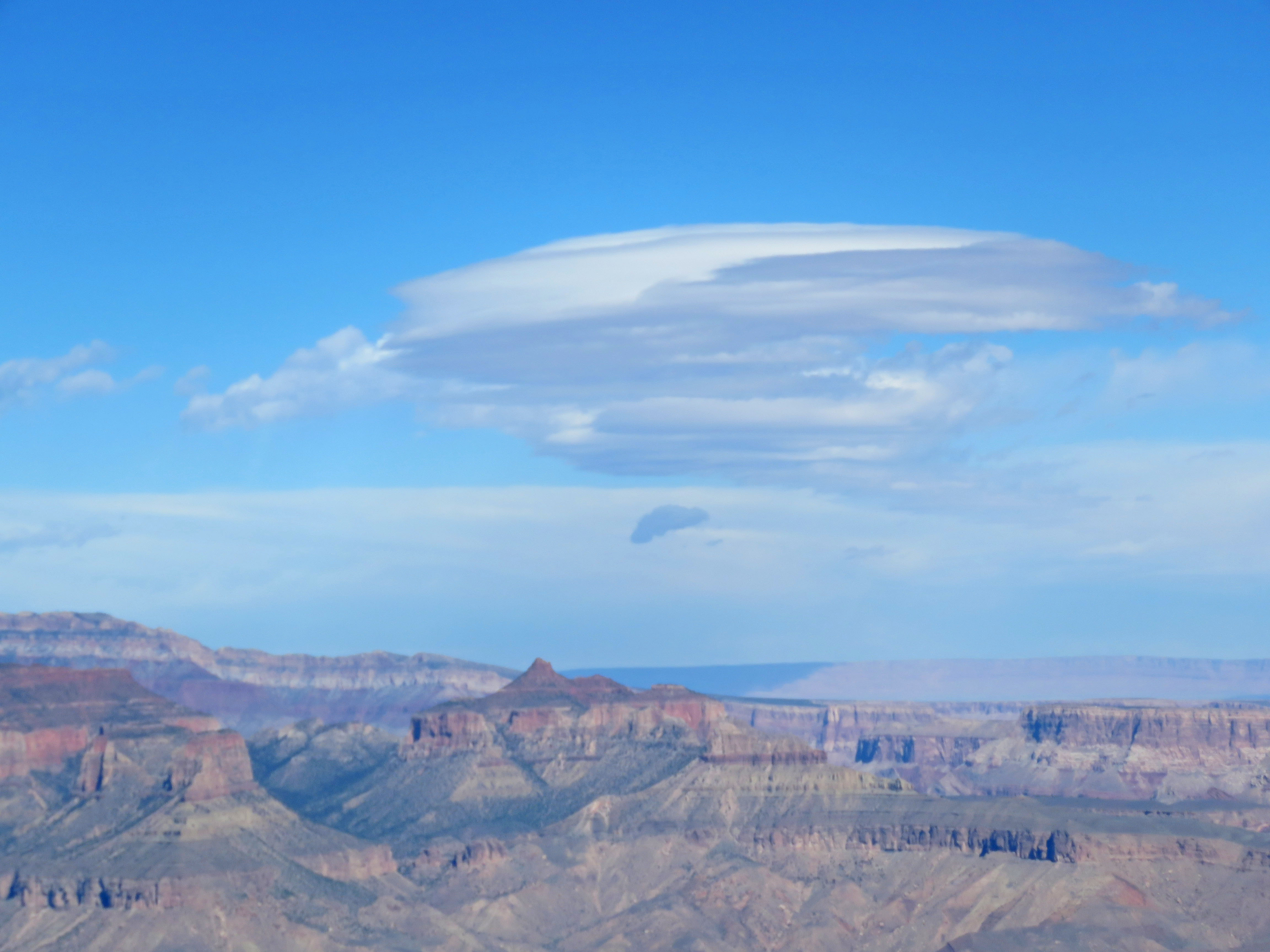
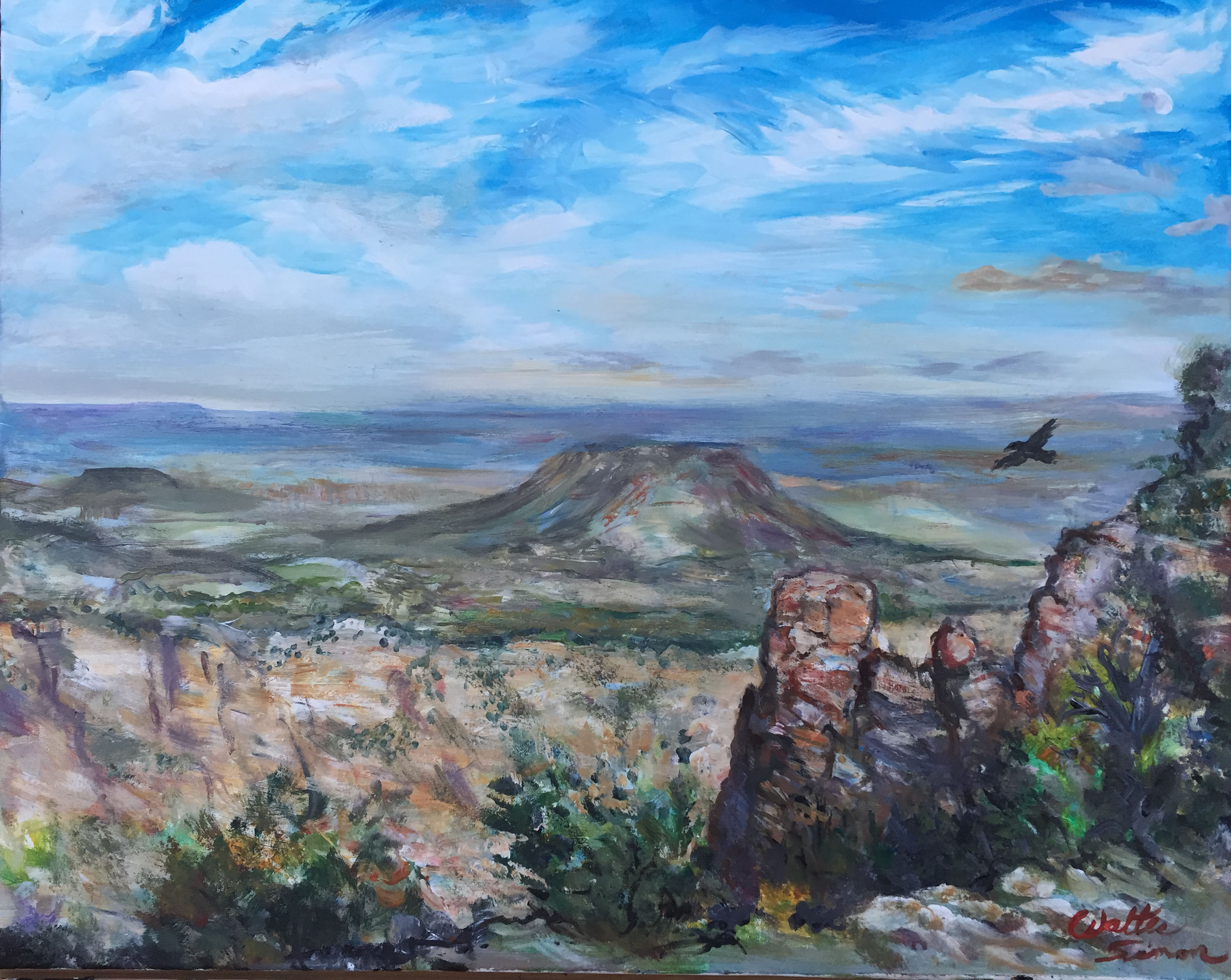






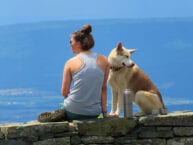

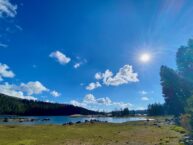
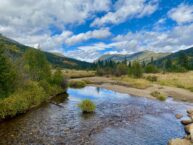


Thanks for your sketch of the trip! Brought back to me fond memories of being in the Great American West. I look forward to the “postholing” you do on specific places and issues.
see you made it out west and especially yellowstone-great story and pictures myrt
Yes, on a shoe string budget. Still trying to recover the expenses and working on more stories and a documentary: https://www.gofundme.com/newamericanjournal
If we don’t start getting more support for covering stories in Alabama, I am moving out west.
Looks like you had a wonderful trip.